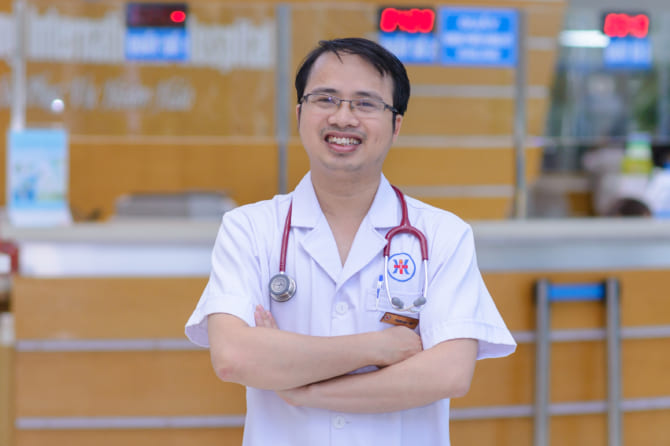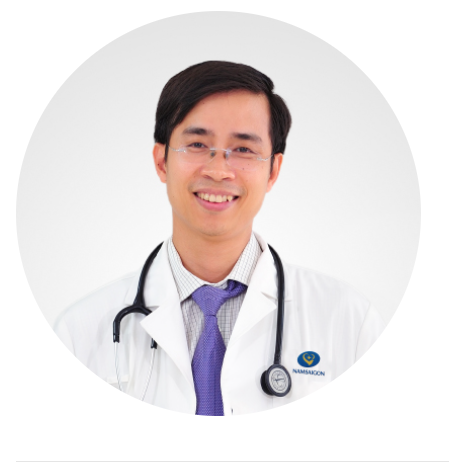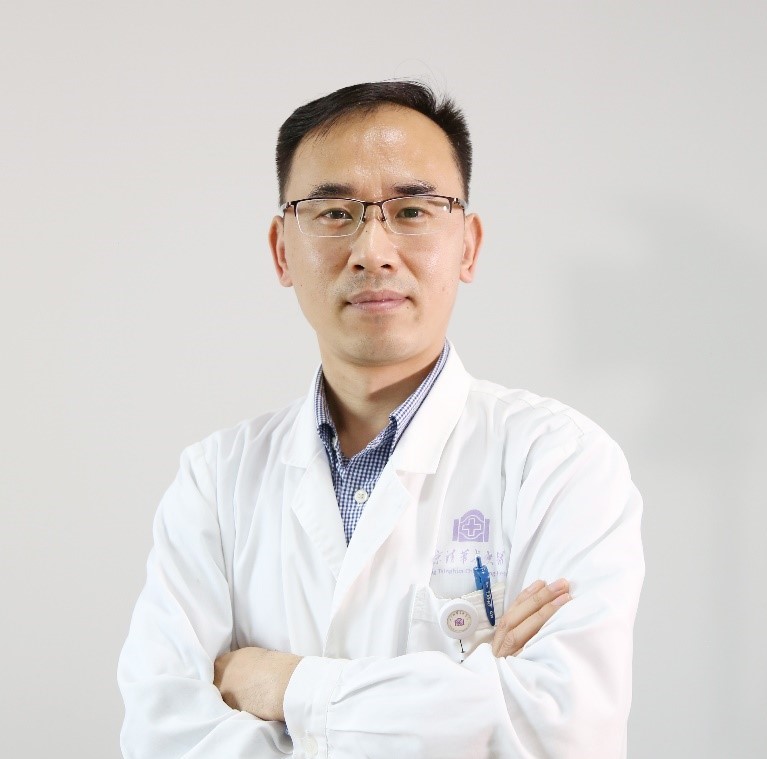The Way Forward: High-Dose, Short-Course Levofloxacin Leads the Field
Question 8
What were the clinical success rates according to pathogen?
| Individual pathogens identified by culture or serology revealed the most common respiratory pathogen to be S. pneumoniae, with 750 mg and 500 mg levofloxacin regimens achieving a 90.9% and 90.0% clinical success rate, respectively (Table 4). The most common atypical pathogen identified was M. pneumoniae, and the clinical success rates in patients infected with this pathogen were 95.3% for the 750 mg group and 94.4% for the 500 mg group. |
Table 4. Levofloxacin 750 mg q.d. for 5 days for CAP: clinical success by pathogen a
| Source/pathogen | n/N (%) of patients b |
||
| Levofloxacin 750 mg q.d. for 5 days |
Levofloxacin 500 mg q.d. for 10 days |
||
| Respiratory cultures (typical pathogens) | |||
| Haemophilus influenzae | 12/13 (92.3) | 13/14 (92.9) | |
| Haemophilus parainfluenzae | 12/12 (100) | 9/10 (90.0) | |
| Streptococcus pneumoniae | 20/22 (90.9) | 18/20 (90.0) | |
| Serologies (atypical pathogens) | |||
| Chlamydia pneumoniae | 20/22 (90.9) | 16/16 (100) | |
| Legionella pneumophila | 11/11 (100) | 3/3 (100) | |
| Mycoplasma pneumoniae | 41/43 (95.3) | 34/36 (94.4) | |
| a | Identified in at least 5 clinically evaluable patients at the 7- to 14-day post-therapy visit. Clinical success includes cured and improved. |
| b | Numbers shown in parentheses are percentages of patients infected with the pathogen who had a clinical response of cure or improvement divided by total number of patients infected with the pathogen. |
Abbreviations: CAP = community-acquired pneumonia, q.d. = once daily.
Adapted from reference (50).










